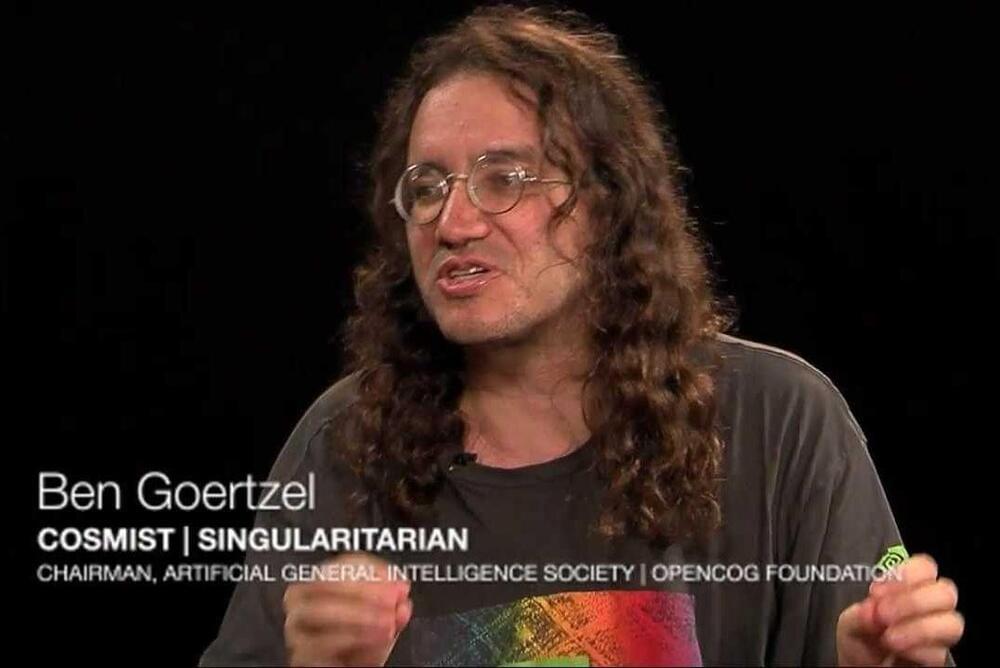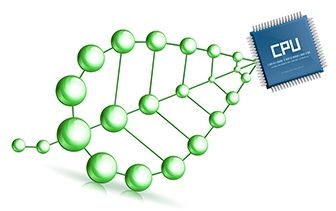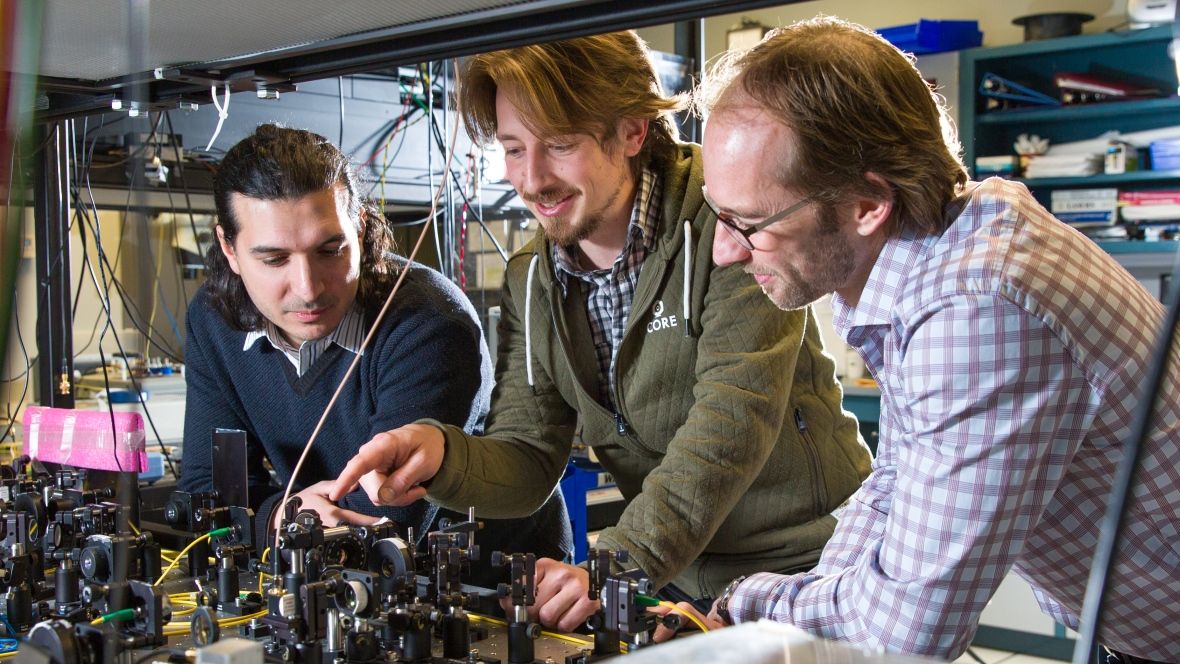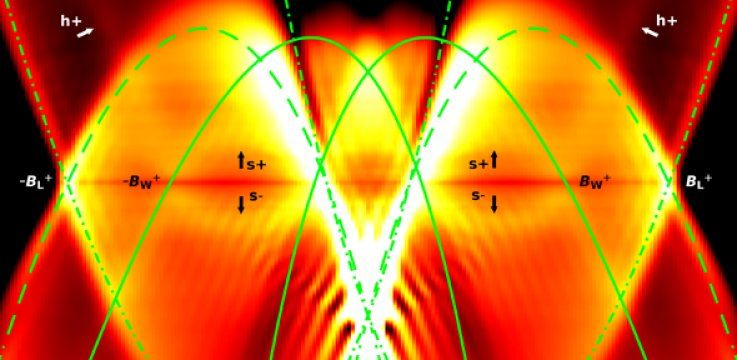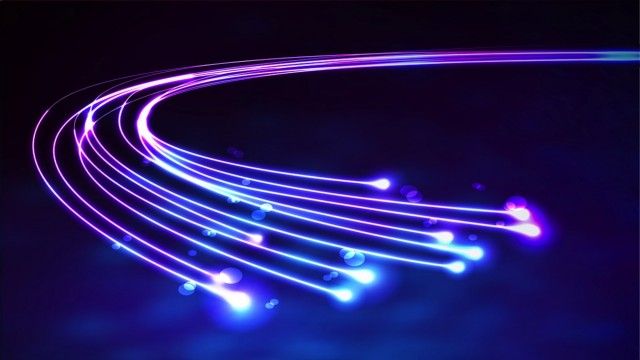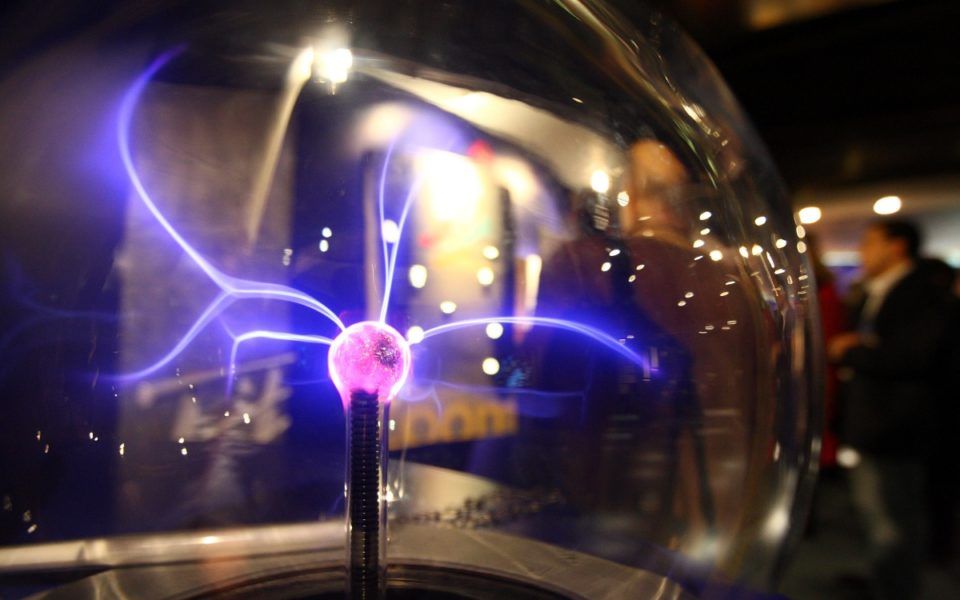Nanotechnology has reshaped the technological discoveries in the recent times. Nanotechnology has enabled the creation and invention of numerous things with wide potentialities. Every field is subject to constant evolution, nanotechnology is no exception. Researchers and scientists who are engaged with nanotechnology have now come up with femtotechnology.
Femtotechnology is widely defined as, “Hypothetical term used in reference to structuring of matter on the scale of a femtometer, which is 10^−15m. This is a smaller scale in comparison to nanotechnology and picotechnology which refer to 10^−9m and 10^−12m respectively.”
Hugo de Garis, an Australian AI researcher, wrote a few years ago in Humanity Plus Magazine on the power of the femtotechnology: “If ever a femtotech comes into being, it will be a trillion trillion times more “performant” than nanotech, for the following obvious reason. In terms of component density, a femtoteched block of nucleons or quarks would be a million cubed times denser than a nanotech block. Since the femtoteched components are a million times closer to each other than the nanotech components, signals between them, traveling at the speed of light, would arrive a million times faster. The total performance per second of a unit volume of femtoteched matter would thus be a million times a million times a million = a trillion trillion= 1024.”
